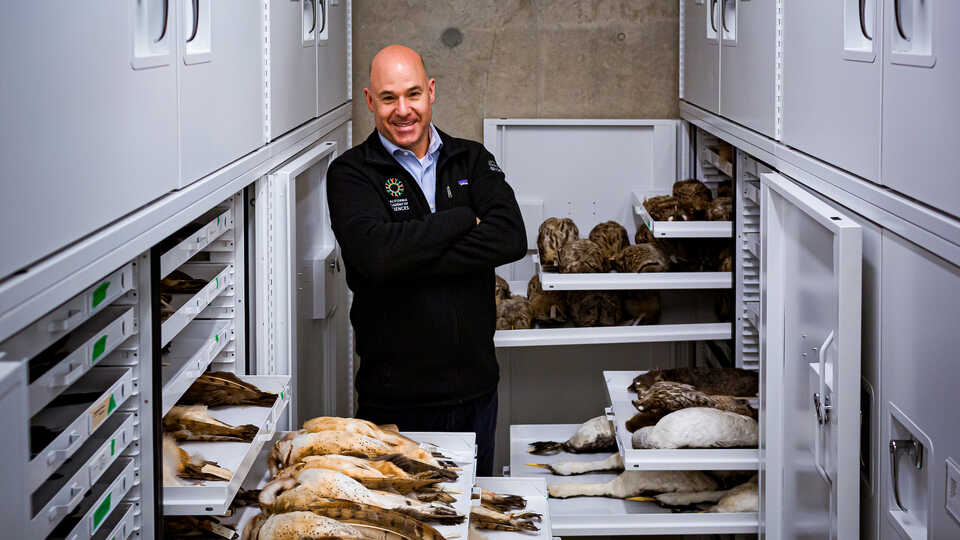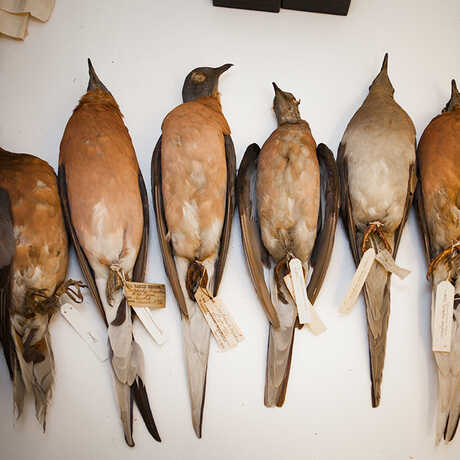Who is your science hero?
Charles Darwin is definitely my science hero. Although it may seem trite or obvious for an evolutionary biologist, Darwin was an excellent observer and curious natural historian, and he made significant contributions to geology, anthropology, paleontology, botany, animal breeding, and many other natural sciences. He was also highly critical of his own ideas, which helped him test and refine his own thinking on many topics. Did you know that he authored over 15 books?
What species would you like to see on exhibit?
I would love to see the poisonous birds, the hooded pitohui or variable pitohuis of New Guinea, on exhibit in the rainforest dome. This would be very difficult to do, but they are not only beautiful but they are also behaviorally active and interesting—and, did I mention POISONOUS? How cool is that?
What is your favorite bird call?
I have come to really love the vocalizations of owls. Not only are they interesting vocalizations that resonate in the night, but often these sounds are the primary means by which owls are detected and located. They are each diagnostic for identifying what species is giving them, and because owls are so social, the calls often attract other owls to an area.
Any advice for aspiring scientists?
I think that what differentiates creative thinkers from good scientists is the ability to critically test your ideas. This involves asking good questions, designing experiments that can distinguish among different answers, and using math and statistics to test whether patterns in data are real and repeatable. Be curious, creative, and critical, but develop the tools needed to test whether your ideas are solid.














